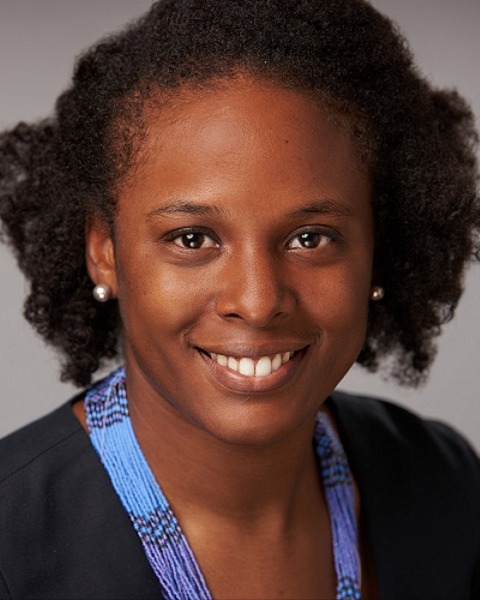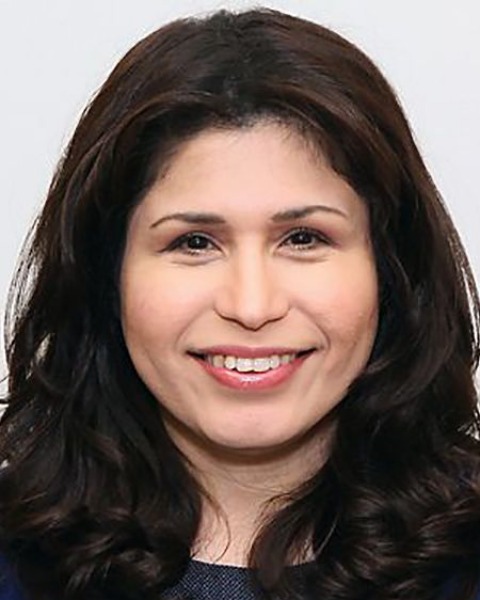Live Workshops
Training/Education/Career Development
Leading By Liaising: Addressing Clinical Challenges Across the Lifespan
- DR
Diana Robinson, MD (she/her/hers)
Associate Medical Director of Consultation Liaison Psychiatry at Parkland Hospital
University of Texas Southwestern
Dallas, Texas .jpg)
Mira Zein, MD
Clinical Assistant Professor
Stanford University
STANFORD, California.jpg)
Abhisek C. Khandai, MD (he/him/his)
Assistant Professor
UT Southwestern Medical Center
Dallas, Texas
Adrienne Taylor, MD (she/her/hers)
Consultation-Liaison Fellowship Program Director
Brigham and Women's Hospital
Boston, Massachusetts
Kayla Behbahani, DO
Associate Medical Director, Dartmouth Health Behavioral Health Solution
Dartmouth Health
Safety Harbor, Florida
Lead Speaker(s)
Speaker(s)
In 2017, the American Board of Medical Specialties voted to change the name of Psychosomatics to consultation-liaison (C-L) psychiatry, with the inclusion of “liaison” serving to expand the scope of psychiatrists working at the interface with other medical specialties and encompass a variety of skills that improved patient care and supported medical teams (1). However, while ACGME has developed “milestones” for C-L psychiatry training, including several around liaison skills (2), feedback regarding the Milestones project has noted they are too complex and have too many subcompetencies (3). In the development of effective liaison leadership skills, it might be more helpful to focus on the roles that C-L psychiatrist might serve in clinical settings, i.e. care coordinator, advocate, ethicist, wellness leader, or communicator. This interactive workshop will highlight the breadth of the liaison skillset. Dr. Khandai will first review a brief history of “liaison” within C-L psychiatry. Then, we will break into small groups to discuss four challenging cases that showcase different aspects of liaison psychiatry across the patient lifespan. Dr. Zein will discuss a 17 year old Hispanic American female patient with active anorexia and suicidal ideation who was brought to the ED. This case will demonstrate various roles including psychiatrist as clinical and DEI advocate, and communicator between psychiatric and medical ED teams. Dr. Taylor will discuss a young female who was admitted as a polytrauma with severe traumatic brain injury with behavioral dysregulation and severe agitation. This case will demonstrate the importance of the role of advocate for safe and equitable care of challenging patients in collaboration with primary teams, hospital leadership and state mental health organizations. Dr. Robinson will discuss a 32 year old man with autism spectrum disorder, admitted for loss of caregiver with frequent, severe aggressive outbursts causing staff injuries. This will demonstrate the role of working with nurse liaisons to implement behavioral plans in the inpatient settings. Dr. Behbahani will discuss geriatric patients with dementia admitted for placement due to behavioral dysregulation. This discussion will demonstrate the challenges of caring for this population, the risk to staff and fear of injury, and tangible ways to influence hospital culture to reduce the frequency of physical restraints. Finally, we will reconvene as a large group to share findings, and finish with a large group discussion on how to educationally frame these archetypal situations for C-L trainees. By conceptualizing the liaison aspect of C-L psychiatry into different roles, participants will learn how to lead through liaison across the lifespan. Boland RJ, et al. Consultation-Liaison Psychiatry vs Psychosomatic Medicine: What's in a name? Psychosomatics. 2018 May-Jun;59(3):207-210. Becker M, et al. Consultation-Liaison Psychiatry Milestones: The Accreditation Council for Graduate Medical Education: revised August 2021; implemented July 2022. https://www.acgme.org/specialties/psychiatry/milestones/. Accessed April 1, 2023 Macaluso M, , et al. The Psychiatry Milestones 2.0: How Did We Get from 1.0 to 2.0 and What Can Users Expect? Acad Psychiatry. 2020 Dec;44(6):779-784
References: Learning Objectives:

